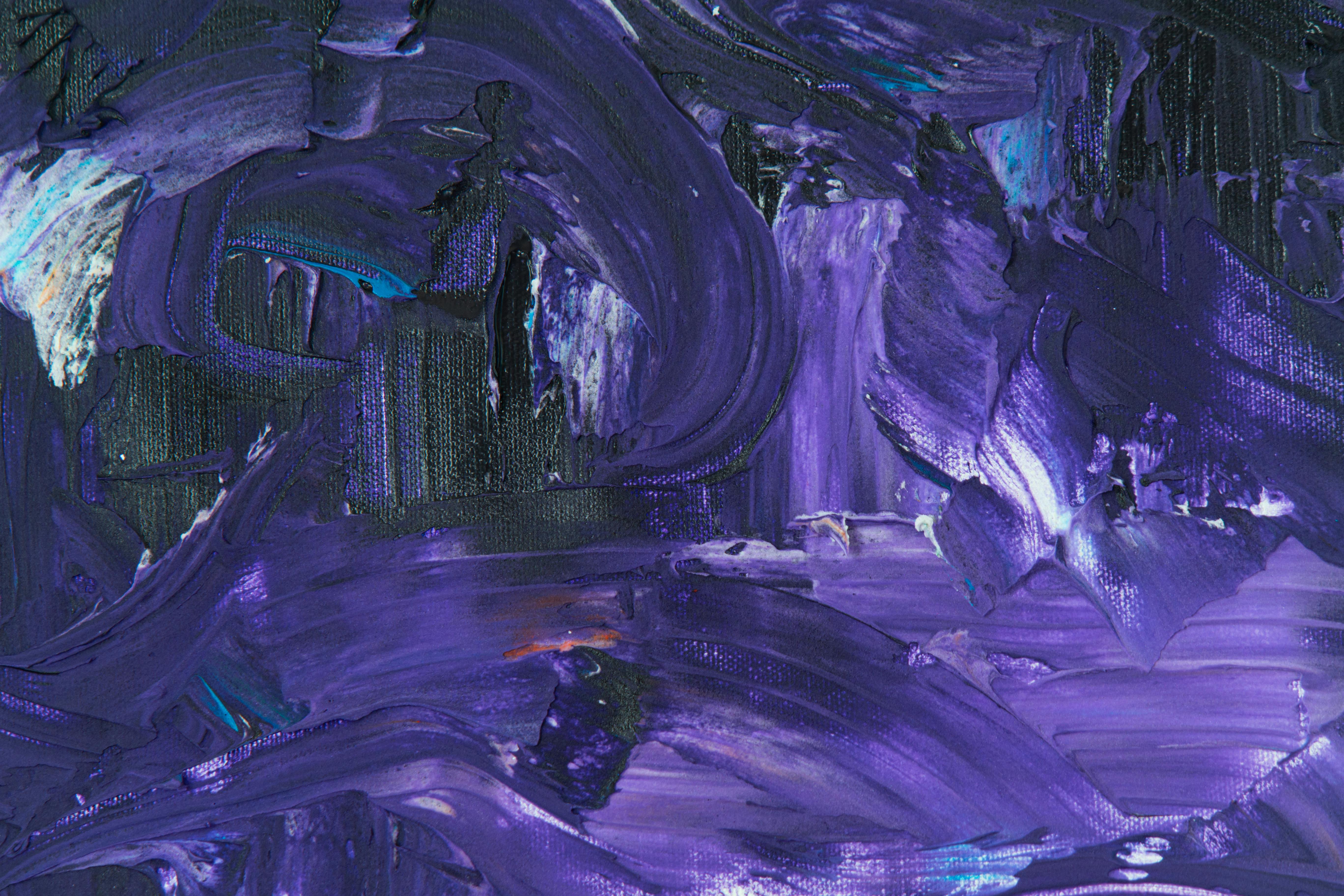Marriages are made in heaven but solemnized on earth. This decision of God becomes the fate of a bride and groom. The many traditions of Indian weddings are organized and fulfilled with pomp and show, fun and festivity. As India is a country with a diverse culture and religion, the rituals to perform this ceremony are extremely exquisite and unique in themselves, full of extravagance and splendor. Although customs differ by region and religion, the cascade of ceremonies has fun and frothy moments. Individuals on both sides take care of the preparations since the marriage date is finalized. There are pre-wedding ceremonies, the main wedding day, vidaai, and post-wedding ceremonies.
PRE-WEDDING CEREMONIES-
These ceremonies begin a few days before the main day of the wedding. Normally close relatives and cronies are invited to these rituals, but anyone can attend. The worship of the stone and the traditional family god is the initial step. Next, the coloring of the bride (for her family) and the other side of the groom (for her family) with turmeric, mustard oil, henna using grass sprigs. This is one of the funniest moments. All the near and dear ones go crazy to make the special person of the day… the funniest clown. At night comes the tradition of henna. Henna is the lodestar of bridal makeup. Her hands and legs are decorated with beautiful patterns. Most of the girls hide their fiancé’s name in their henna. On the same night, the bride’s family organizes a dance party called ‘ratjaga’ (as everyone dances literally all night). A similar scenario is in the place of the groom. This is the last night for a young woman who is spending her memorable hours with her family. Her psyche is palpable only to a girl who had left her youth behind in her mother’s place. Even this night is important for a child who today is a free bird and will be bound with the responsibility of a life partner. With wedding dreams ahead, the most important day arrives.
MAIN DAY OF THE WEDDING
Early in the morning, greeted with the melodious song of the birds, the beginning of the wedding rituals begins. In the late afternoon, the bride and her family perform ‘Gauri Puja’. She is gifted by her close relatives. They circle around her sprinkling rice on her and touching her feet after each round. The bride is tied with a sacred red thread on her wrist with seven knots. On the other side of the groom, he too is tied with the same thread and seven knots. Now it’s time for the bride and groom to polish them up and make them into the most beautiful angel and fairy in the universe with the basic help of their beauticians. At the groom’s house, the ‘Barat’ ceremony is prepared with pomp and show, music and dancing at the main entrance of the boy’s house. The boy’s sister-in-law puts a traditional eyeliner on her eye and dresses him in ‘Sehra’, a traditional groom’s hat with flower chains on the front that covers the groom’s face. She demands money for it. She then begins the main wedding ceremony with the Barat function. The groom sits on the mare and proceeds with the nearest and dearest dancing in front. The glowing procession can be manifested by passers-by. In the banquet hall, the groom’s Barat is greeted by the guests from the bride’s side. The boy is escorted by the girl’s brother onto the stage. The girl’s mother receives the groom with some of his traditional customs. And now, the beautiful bride with dreaming thoughts accompanied by her with hers kinsmen of hers and cronies of hers, festoon in hand sailing smoothly towards her destiny. On stage, the traditionally important first step of the wedding manifests itself and is fully enjoyed by the guests. The bride and groom exchange festoons. They sit on the chair provided for them on the stage. People visit the couple giving flowers, cash or gifts. After a few hours of filming with friends and family, the couple is invited to dinner. The meal is followed by the next very important step of the marriage: ‘Phere’. Because of this the girl changes her attraction. The girl with her family and the boy with her family are installed near the sacred fire. The Hindu priest begins the Vedic hymns. With many small rituals, the auspicious seven rounds are performed by the couple around the sacred fire making seven vows to each other. Although everyone there is emaciated, but the naughty comments can be heard non-stop. The boy dresses the girl in noodles and ‘mangalsutra’. An emotional step for the girl’s family is ‘Kanya Dan’ in which the girl’s father donates her sweet heart, his life’s treasure, his daughter to the boy. The wedding is now solemnized with the wishes of all the relatives present there.
VIDAAI
The teary eyes of the bride leaving behind all her memories, make this moment the most touching. The feeling of the parents is indescribable but palpable for everyone. The father of the bride gives her daughter the most elegant trousseau possible for her, the groom and her in-laws.
POST-WEDDING CEREMONIES
When the bride arrives at her new home, the place of her in-laws, the newly married couple is greeted with the basic rituals. Traditional games are played like searching for a ring in the water, opening the sacred thread on the wrist with one hand and so on by the couple. With all these traditional games and rituals depending on the region and religion, the contemporary Indian wedding is presented.
